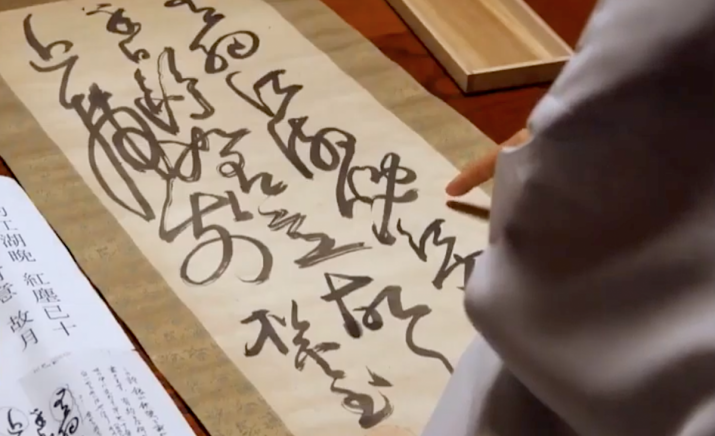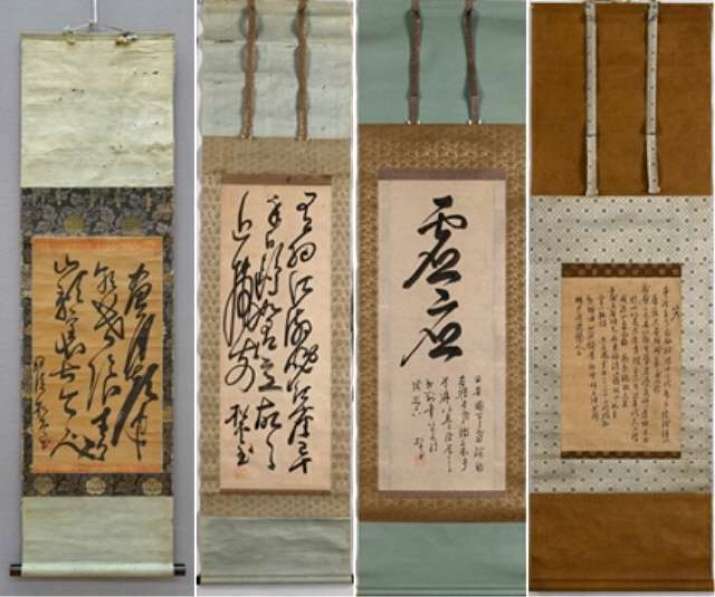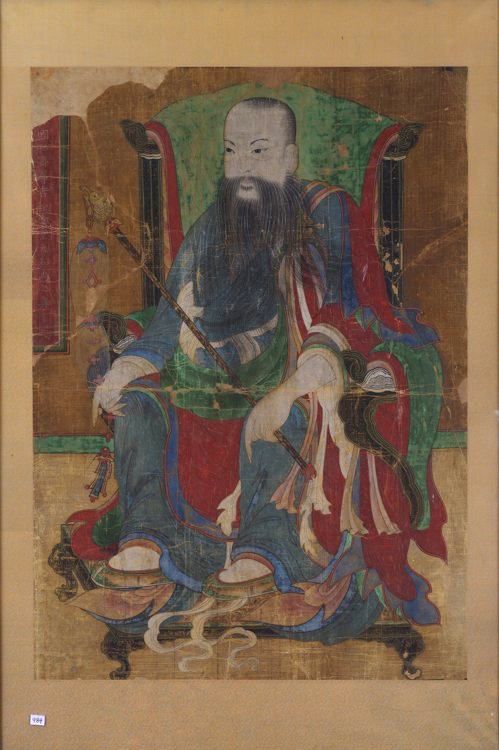
The National Museum of Korea in Seoul has launched a public exhibition centered around five examples of original calligraphy by the revered Joseon-era Seon (Zen) Buddhist monk Samyeong Daesa (사명대사) (1544–1610), marking the first time that these works have been placed on public display.
Among his many achievements as a Buddhist monastic, Samyeong Daesa is widely revered for his diplomatic efforts to secure a peace accord following Japan’s 16th century invasions of the Korean Peninsula.
The exhibition, which opened to the public on 15 October, features five calligraphic works that Samyeong Daesa left at Koshou-ji, a Buddhist temple in the Japanese city of Uji, south of Kyoto Prefecture, where he stayed while visiting Japan. In addition, the event includes writings by the founder of Koshou-ji, Enni Ryozen (1559–1619), with whom Samyeong Daesa discussed Buddhist thought and philosophy, including Enni’s work, An Inquiry into the Buddhist Teaching, which compiles 10 questions and poems by Samyeong Daesa. Also on display is a portrait of Samyeong Daesa on loan from the museum of Dongkuk University in Seoul.

Born in 1544 in the southern province of Gyeongsang, Samyeong Daesa was ordained as a monk at Jikjisa, a Seon Buddhist temple in North Gyeongsang Province, following the deaths of his mother in 1558 and his father in 1559. An accomplished scholar and teacher, in 1575, Samyeong Daesa was nominated to become the head of the Seon order, but he declined, instead traveling to Myohyangsan in what is now North Korea, where he became a disciple of the Seon master Seosan Daesa (서산대사) (1520–1604), noted for his work to unify Buddhist doctrinal study and practice.
Following the Japanese invasions of Korea (1592–98), Samyeong Daesa joined his master Seosan Daesa, who had raised a monastic militia in defense of the country. After Hyujeong retired, Yujeong took over the leadership of the monk-army, leading them into battles at Pyongyang and Uiryeong County in 1592, and at Ulsan and Suncheon in 1594.
In 1604, Samyeong Daesa traveled to Japan as a royal envoy to engage with Tokugawa Ieyasu, founder and first shōgun of the Tokugawa shogunate. After successfully negotiating a peace accord, Samyeong Daesa returned to Korea with some 3,500 Koreans who had been taken to Japan as prisoners, in the process establishing a foundation for diplomatic relations with Japan.

As a token of appreciation, King Seonjo (r. 1567–1608) built Hongjeam Hermitage at Haeinsa Temple in South Gyeongsang Province. Following Samyeong Daesa’s death in 1610, shrines were built at Pyochungsa Temple in Gyeongsangnam-do Province, Jikjisa Temple in North Gyeongsang Province, and Daeheungsa Temple in Jeollanam-do Province. The monk’s stupa and stele still stand at Hongjeam Hermitage.
The exhibition will run at the National Museum of Korea until 17 November.
The Joseon dynasty spanned some 500 years, from 1392–1897 and is considered the peak of classical Korean culture and literature, and also a high point for the development of science and technology. The dynasty encouraged the propagation of the ideals and doctrines of Neo-Confucianism, which found favor as the state ideology. Although Buddhism was officially discouraged and subject to occasional persecution, literary exchanges from the period show that Buddhism continued to thrive intellectually, with regular dialogues and exchanges of ideas and philosophy between Confucian officials and Buddhist scholars.
See more
Exhibition of writings by Buddhist hero in Korea-Japan diplomacy to open in Seoul (Yonhap News Agency)
Exhibition of Writings by Buddhist Hero in Korea-Japan Diplomacy to Open in Seoul (The Korea Bizwire)
National Museum of Korea












